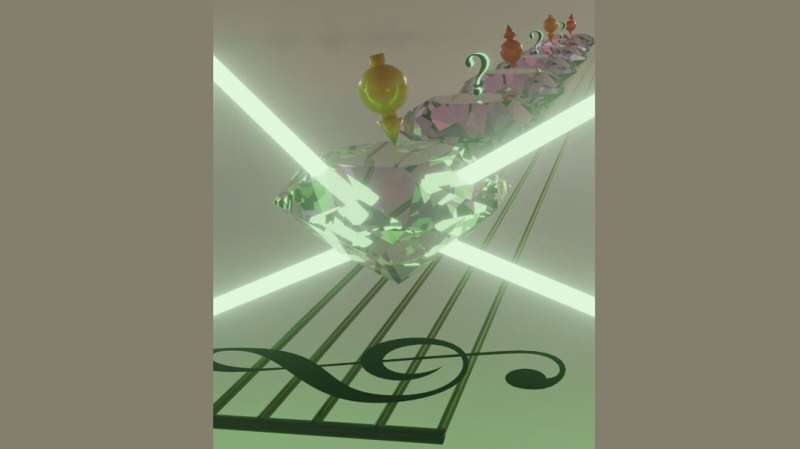In a groundbreaking study, a team of Japanese physicists has revisited a concept proposed by Lord Kelvin over 150 years ago, suggesting that intricate knots in spacetime might hold the key to understanding why our universe is predominantly composed of matter rather than antimatter. This research addresses a long-standing mystery in cosmology and could provide insights into the fundamental nature of existence.
Cosmic Knots and Matter-Antimatter Asymmetry
In 1867, Lord Kelvin theorized that atoms resembled complex knots within the aether, a notion that was quickly dismissed yet may now have unexpected relevance. The latest study proposes that “cosmic knots” formed in the earliest moments of the universe may have influenced the creation of matter over antimatter. This phenomenon, known as baryogenesis, has puzzled scientists for decades, as the Big Bang was expected to yield equal amounts of both matter and antimatter.
According to observations, for every billion matter-antimatter pairs generated, only one matter particle remains. This imbalance has resulted in a universe rich in matter, from atoms to galaxies, yet the Standard Model of particle physics fails to explain this discrepancy. Muneto Nitta, a professor at Hiroshima University and the study’s corresponding author, stated, “This study addresses one of the most fundamental mysteries in physics: why our Universe is made of matter and not antimatter.”
Unveiling the Role of Knots in the Early Universe
Nitta and his team believe they have identified a plausible explanation for this asymmetry through a combination of two key symmetries: the Baryon Number Minus Lepton Number (B-L) symmetry and the Peccei–Quinn (PQ) symmetry. Their research indicates that these knots could have naturally formed during the universe’s infancy, leading to a surplus of matter.
The PQ symmetry is significant as it addresses the strong CP problem and introduces axions, which are considered a leading candidate for dark matter. In contrast, the B-L symmetry explains the elusive behavior of neutrinos, known as “ghost particles,” which can pass through matter with minimal interaction.
As the universe cooled after the Big Bang, the study outlines how phase transitions caused the emergence of cosmic strings—hypothetical defects in spacetime. The combination of B-L strings and PQ vortices could have resulted in stable knot solitons. “Nobody had studied these two symmetries at the same time. Putting them together revealed a stable knot,” Nitta explained.
Eventually, these knots decayed, a process driven by quantum tunneling, which produced heavy right-handed neutrinos. This mechanism generated more matter than antimatter, leading to a universe that is primarily composed of matter. The researchers calculated that the mass of these heavy neutrinos and the energy released during knot collapse contributed to the universe reheating to 100 GeV, the critical threshold for lasting matter formation.
Moreover, the team theorizes that this process altered the universe’s “gravitational wave chorus,” shifting it toward higher frequencies. They propose that future observational instruments, including the Laser Interferometer Space Antenna (LISA) in Europe, C cosmic Explorer in the United States, and the Deci-hertz Interferometer Gravitational-wave Observatory (DECIGO) in Japan, could eventually detect this subtle shift. Such discoveries would not only deepen our understanding of the universe but could also validate the relevance of Kelvin’s long-forgotten knot theory.
This research opens up new avenues for exploration in cosmology and particle physics, challenging established paradigms and inspiring a reevaluation of how we comprehend the fundamental components of our universe.







